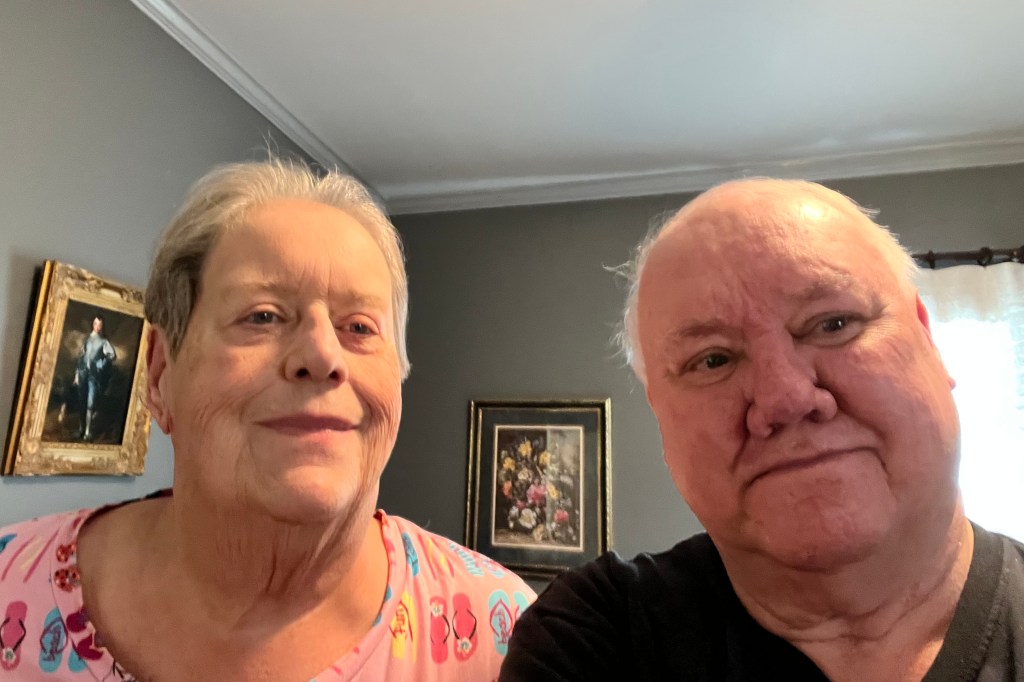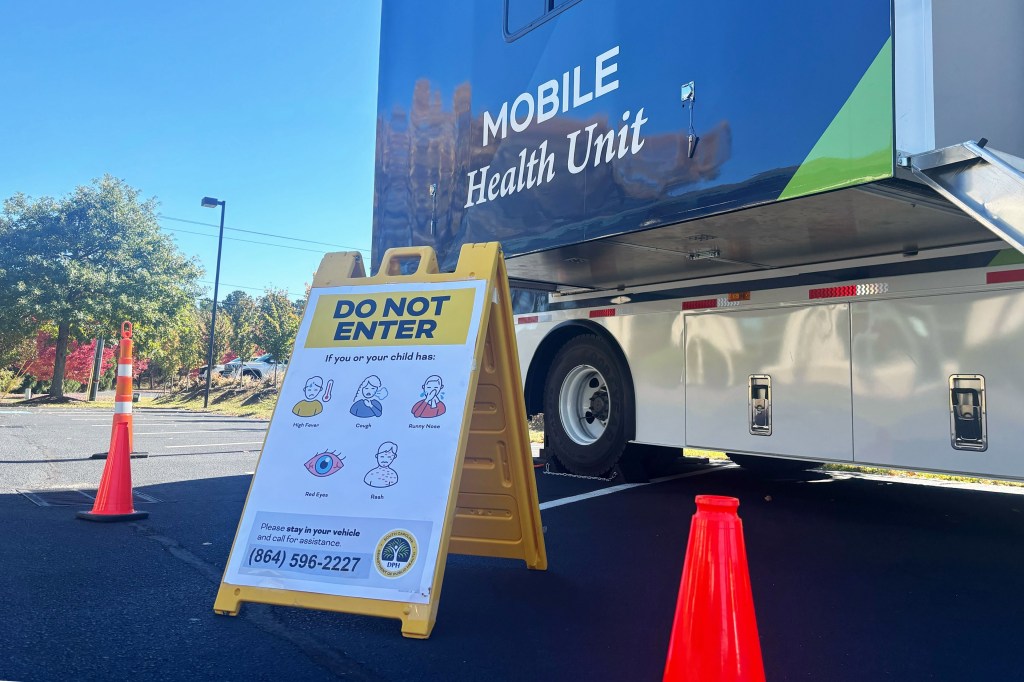By MIKE MAGEE
On March 9, 1967, the Star Trek classic episode, “The Devil in the Dark” first aired. The Enterprise had received an urgent distress call from miners on the planet Janus VI. They are literally melting after, Horta, a wounded inhabitant has targeted them with liquifying acid rays.
A sympathetic Spock hears the call, and in an effort to disclose cause and motivation, “mind-melts” with the creature. Turns out, all she’s trying to do is protect her babies from a perceived threat. Kirk agrees, and with Spock, calls in Dr. McCoy to access the patient’s condition.
What McCoy encounters is a “rocky-skinned patient.” With the aid of his tricoder, a handheld diagnostic sensor, “Bones” (McCoy’s nickname referencing the historical 19th century American slang “Sawbones” referring to surgeons) uncovers a serious and deep gaping wound that requires immediate attention.
Kirk manages to “beam down” a hundred pounds of thermoconcrete, and McCoy expertly applies it to the wound. All of which is a set-up for his shipmates to wonder if this will work, which generates the iconic most-repeated line in the series storied history. McCoy (clearly irritated) utters – “How do I know? I’m a doctor, not a bricklayer.”
Similarly challenged modern day doctors have been voicing their own frustrations for more than a few decades. But the AMA has been scientifically tracking their discontent only since 2011. The levels of burnout are somewhat down in 2025 compared to peaked pique in 2021. But among the irritants, integration of new technology remain near the top of the list.
Nobody knew better than McCoy the mixed blessing of technology. His original “23rd century tricoder” was a marvel of diagnostic science but also raised ethical dilemmas and patient expectations. The fictional tool originally was the size of a portable tape recorder and served as a general data sensor and analyzer. The medical version was a “hand-held high resolution scanner” which (in the 24th century version) had a flip out panel with expanded screen, said to have been inspired by the HP-41C scientific calculator.”
On May 10, 2011, Qualcomm partnered with entrepreneurs to create the Ticorder X Prize, a $10 million incentive for anyone who could actualize the Star Trek fictional model’s capabilities in a hand-held medical tricoder. Five years later, the contest was officially closed out, with $3.7 million awarded to multiple contestants, none of whom successfully reproduced all the capabilities.
This is not to say that dreamers in the Star Trek mode ever gave up on being successors to McCoy. In 2013, 15-year-old Aspen Palatnick took a summer internship at Long Island’s historic Cold Spring Harbor Laboratory to learn the basics of genome analysis. Seven years later, after teaming up with his original professor, Michael Schatz, they developed “the world’s first mobile genome sequence analyzer” as an iPhone app termed iGenomics.
Cold Spring Harbor trumpeted their success on December 7, 2020, stating “The iPhone app was developed to complement the tiny DNA sequencing devices being made by Oxford Nanopore. Palatnick, now a software engineer at Facebook, was already experienced at building iPhone apps when joining the Schatz laboratory. He and Schatz realized that as the sequencers continued to get even smaller, there were no technologies available to let you study that DNA on a mobile device. “Most of the studying of DNA: aligning, analyzing, is done on large server clusters or high-end laptops…flying in suitcases full of Nanopores and laptops and other servers to do that analysis in the remote fields (was impractical). iGenomics helps by making genome studies more portable, accessible, and affordable.”
“Portable, accessible, and affordable!” That’s something Bones McCoy could get behind. In fact, he’d be amazed to see what he has spawned in 2025, and how new technology is augmenting rather than complicating the work of physicians, nurses and medical scientists.
Consider, for example the publication that dropped on June 3, 2025 in Nature. In the reporting in Science magazine, you could feel the excitement: “During a single week in April 2023, the area around Florida’s Washington Oaks Gardens State Park was abuzz. A bobcat passed by, perhaps stalking the eastern gray squirrels. An eastern diamondback rattlesnake slithered through the undergrowth. The spaces among the grand oaks hummed with wildlife—a big brown bat, mosquitoes, and an osprey—and people with African, European, and Asian ancestors… Scientists didn’t directly see any of these creatures. But they used cutting-edge DNA technology to find evidence of them in tiny specks of organic material floating in the air. A similar analysis of air from the streets of Dublin revealed a far different, but equally rich, tableau of life.”
The new technique, “shotgun sequencing” can read, analyze, and reconstruct large DNA sequences from billions of short sequences. But what’s really startling is the usability of the device in the field. As reported, “At least one newer machine is smaller than a cigarette packet and can plug into a laptop, compared with previous machines the size of a small household refrigerator.”
David Duffy, a biologist at the University of Florida’s Whitney Laboratory for Marine Bioscience and senior author of the new study, originally wanted to title the article, “Towards a tricorder,” but was dissuaded stating, “We’re not claiming to be there,” Duffy says. “We’re saying we are a lot closer to this being a factual reality than we were a few years ago. And you can foresee it being a reality in the future.”
Mike Magee MD is a Medical Historian and regular contributor to THCB. He is the author of CODE BLUE: Inside America’s Medical Industrial Complex. (Grove/2020)





